Japan’s healthcare system offers affordable, high-quality care with universal access. In Tokyo, a wide network of modern clinics and hospitals ensures timely treatment for all residents. National health insurance covers most costs, making medical services accessible to both locals and foreigners. Whether for regular check-ups or specialized care, the system is reliable and efficient providing peace of mind for anyone living in the city.
Overview of the Japan Healthcare System
Japan’s healthcare is known for its universal coverage, low costs, and high-quality care. All residents are insured through employer plans or the National Health Insurance system, with seniors 75+ on a special program. Patients pay about 30% of medical fees, while the government covers the rest. The system allows free access to any clinic or hospital without a referral, and advanced technology ensures effective diagnosis and treatment.
To support its aging population, Japan offers long-term care insurance and community-based eldercare. Traditional Kampo medicine is also integrated into mainstream healthcare. With one of the world’s highest life expectancies and lowest infant mortality rates, Japan’s healthcare remains a global model of efficiency and equity.
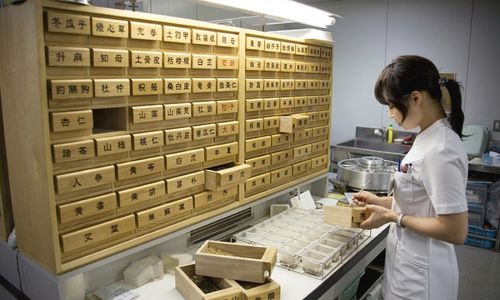
Kampo and modern medicine blend
Medical Expenses: How Much Does Healthcare Cost in Japan?
Japan’s healthcare offers a well-balanced system where affordability meets accessibility. Under the country’s universal coverage model, patients are typically responsible for just 30% of their medical bills, while the remainder is funded by the state. For children and elderly individuals with limited income, the percentage is even lower, ranging from 10% to 20%. To avoid overwhelming expenses, monthly payment ceilings are applied based on earnings, helping protect families from financial strain during major treatments.
Consultation fees at local clinics usually fall between ¥5,000 and ¥10,000. Hospital visits or emergency care may cost slightly more, often ranging from ¥10,000 to ¥15,000. In cases requiring hospitalisation, a standard week-long stay can reach ¥200,000, depending on the nature of the illness and treatment methods used.
When it comes to insurance contributions, the amount depends on your employment status and income level. Salaried workers have their premiums partially covered by their employer, while freelancers or part-timers are required to pay the full amount, typically starting at around ¥10,000 per month. These payments support the National Health Insurance system, one of the core components of Japan’s healthcare.
To enhance coverage, many people opt for private insurance plans, which can help reduce personal expenses or include treatments outside the public scheme. Overall, Japan’s healthcare is built to ensure everyone, regardless of age or income, has dependable access to essential medical services without compromising financial stability.

Healthcare support for all incomes
Can the Average Salary in Japan Cover Healthcare Needs?
Yes, most people in Japan can manage healthcare costs on an average salary, thanks to the Japanese healthcare system’s affordability and government regulation.
How Much Can You Earn Per Month in Japan
As of 2025, workers in Japan earn roughly ¥515,000 per month (around USD 3,794), which equals about ¥6.1 million annually.
Common Medical Costs
Japan’s healthcare insurance covers roughly 70% of doctor visits, treatments, and hospital bills. Individuals pay only 30% directly.
- General Clinic: ¥5,000 – ¥10,000
- Hospital Outpatient Services: ¥10,000 – ¥15,000
- ER Visit: ¥10,000 – ¥15,000
These figures are before applying for insurance. Final expenses are reduced substantially.
Monthly Health Insurance Rates
Premiums are income-based.
- Company Employees: Cost is split with the employer
- Freelancers / Unemployed: Premiums typically start from ¥10,000/month
The Japanese healthcare system is structured to fit all income levels. With moderate co-payments, capped monthly limits, and income-adjusted premiums, healthcare stays within reach, even for those earning the national average.
Exploring Health Coverage and Insurance in Japan
Managing both your health and budget starts with knowing what insurance options are available. The right plan gives you peace of mind and access to essential care, without surprise expenses. Here’s a breakdown of popular healthcare plans and what makes each one unique.
Guide to Japan’s Leading Health Insurance Models
HMO – Health Maintenance Organisation; Ideal for those looking to minimise monthly costs, HMO plans require you to choose a primary care physician (PCP) and get referrals for specialist visits. Coverage applies only within the plan’s approved provider network, except during emergencies.
PPO – Preferred Provider Organisation: PPOs give you the freedom to see any doctor, whether inside or outside the network. There’s no need for referrals, although out-of-network services typically come with higher fees.
EPO – Exclusive Provider Organisation: An EPO works like a PPO but limits coverage to network-only providers. You don’t need a referral, but you must use in-network facilities and doctors unless it’s an emergency.
POS – Point of Service Plan: POS plans blend elements of HMOs and PPOs. You’ll need a referral from your PCP to see a specialist, but you have the option to go out-of-network at a higher cost.
HDHP – High-Deductible Health Plan + HSA: This plan offers lower monthly premiums in exchange for a higher deductible. It pairs well with a Health Savings Account (HSA), which lets you set aside tax-free money to cover medical expenses.
Key Health Insurance Costs to Consider
When evaluating your options, be familiar with these important cost terms:
- Premium: The monthly fee you pay to stay insured.
- Deductible: The upfront cost you must cover before your insurance starts to pay.
- Copay: A flat rate charged for routine services like doctor visits or prescriptions.
- Coinsurance: Your share of costs after meeting your deductible, expressed as a percentage.
- Out-of-Pocket Limit: The maximum you’ll pay in a year, once reached, your insurer covers the rest.
Official Health Insurance Programs in Japan
Medicare
Available to adults aged 65+ and individuals with certain disabilities. It includes:
- Part A – Coverage for Hospital Stays and Inpatient Care
- Part B – Medical and outpatient care
- Part D – Drug Coverage for Prescribed Medications
- Medigap – Optional private plans that help cover out-of-pocket costs not included in Parts A or B
This option targets low-income residents in need of affordable care. Funded jointly by federal and state governments, Medicaid offers free or low-cost healthcare services, with eligibility criteria and benefits differing by state.
Healthcare Access in Tokyo vs Other Cities
When comparing healthcare access across Japan, Tokyo naturally stands out thanks to its dense population, international environment, and advanced medical infrastructure. However, other cities also benefit from Japan’s universal health care system, though the experience can vary.
Medical Services in Tokyo
As the capital city, Tokyo offers one of the most comprehensive healthcare ecosystems in the country. From large general hospitals to specialised clinics, residents have access to a wide range of services within a short distance.
- Facility Availability: Tokyo hosts a high concentration of hospitals and clinics, reducing wait times and improving convenience for both locals and expats.
- International Support: Many top-tier hospitals provide multilingual assistance, especially in English, which is particularly helpful for foreign residents and visitors.
- Modern Equipment: Tokyo’s medical centres are often equipped with the latest diagnostic and treatment technologies, ensuring efficient and accurate care.
- Specialist Access: Patients in Tokyo can more easily reach expert care across fields like oncology, cardiology, and reproductive medicine.
Healthcare in Regional and Smaller Cities
While Japan’s nationwide health insurance system guarantees access to essential medical services, the level of convenience may differ outside metropolitan areas.
- Lower Clinic Density: In smaller towns and rural regions, hospitals and specialist clinics are more spread out, which may require longer travel for care.
- Limited Language Services: Non-Japanese speakers may find it more difficult to communicate with healthcare providers outside of major cities, as English support is not always available.
- Fewer Specialists On-Site: In some areas, advanced treatments or niche medical services might only be available in larger hubs, prompting residents to travel to bigger cities like Tokyo, Osaka, or Nagoya.
Japan’s universal health care system ensures that individuals across the country have access to reliable medical services. While treatment quality remains consistent nationwide, Tokyo healthcare access stands out due to its state-of-the-art facilities, foreign language support, and wide availability of specialists. In contrast, smaller cities and rural areas may offer fewer options, especially when it comes to advanced care or English-speaking staff. For international residents or those needing regular treatment, living in or around Tokyo provides added convenience, faster access, and peace of mind.
Navigating the Japan Healthcare System as a Foreigner
Japan’s universal health care system allows all residents, including foreigners staying over three months, to access quality medical services. There are two main types of public insurance: Employees’ Health Insurance (EHI) for full-time workers and National Health Insurance (NHI) for freelancers, students, or those without company coverage. Patients typically pay only 30% of medical costs, while the rest is covered by insurance.
After arriving in Japan, it’s important to register at your local ward or city office to receive your health insurance card. Japan doesn’t use a general practitioner system—you can visit a specialist directly. Walk-ins are accepted at many clinics, though appointments are recommended for advanced or specialised care.
In major cities like Tokyo, many hospitals offer English-language support, but communication may be more difficult in smaller towns. To avoid misunderstandings, consider bringing a translation app, a bilingual medical phrasebook, or someone fluent in Japanese.
If you’re on regular medication, bring a sufficient supply along with your prescription and a doctor’s note. You should also check if the medicine is approved in Japan. For added peace of mind, private insurance can help cover expenses not included in public plans, such as private rooms or extended services.
Being informed and prepared makes it much easier for foreigners to navigate the Japanese healthcare system with confidence.

Japan’s Healthcare System for Foreigners
Conclusion
Understanding how Japan’s healthcare system operates is essential for any foreign resident or long-term visitor. Once you’re properly enrolled in health insurance, familiar with how medical services are delivered, and equipped with basic language tools, accessing care becomes much smoother and less stressful.
If you’re new to Japan or searching for a home close to trusted hospitals and clinics, An Lac can assist you in finding the right apartment that fits both your daily lifestyle and healthcare priorities. Whether you’re planning to live in Tokyo or another city, An Lac is here to support your journey, ensuring both comfort and peace of mind when it comes to your well-being.
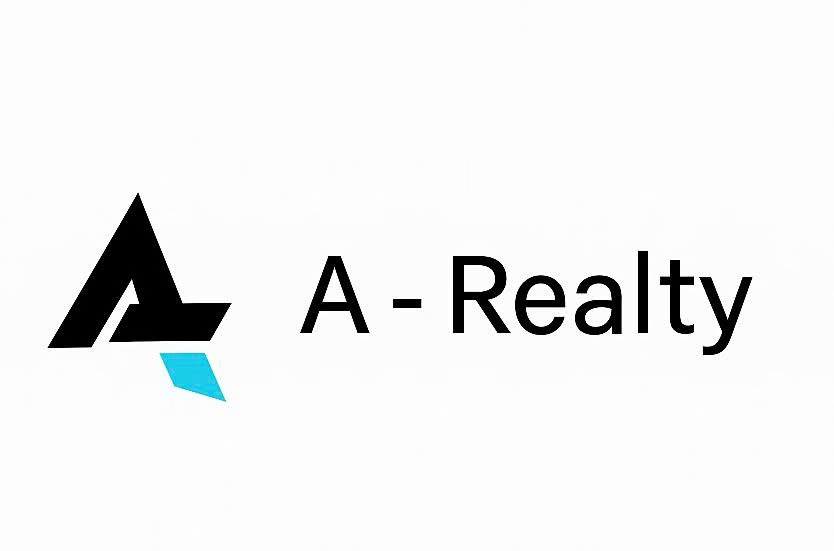
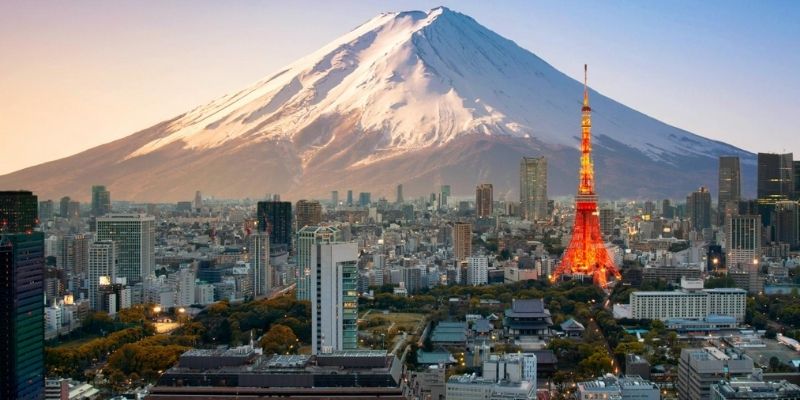

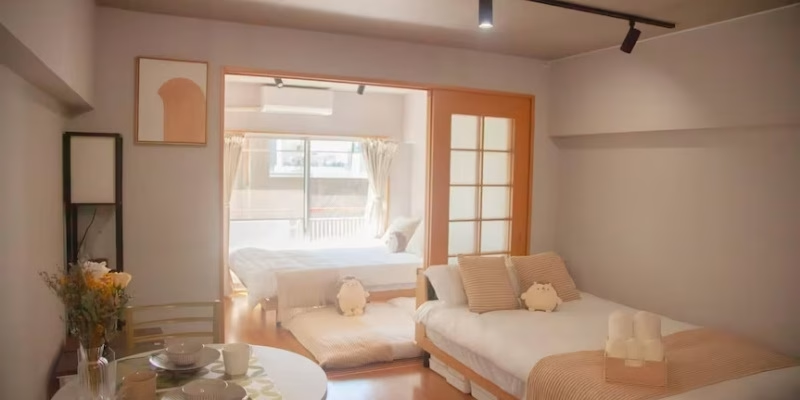

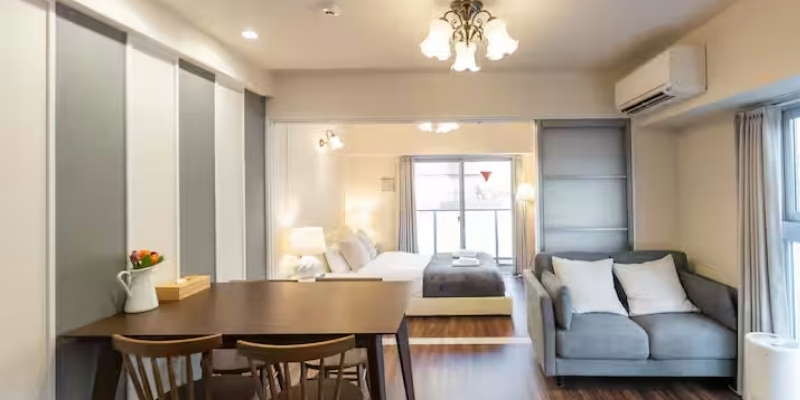
Leave a Reply